Soile Varis - A Concise History of Finland: the 11th to the 21th Century
Here you can read online Soile Varis - A Concise History of Finland: the 11th to the 21th Century full text of the book (entire story) in english for free. Download pdf and epub, get meaning, cover and reviews about this ebook. year: 2012, publisher: Klaava Media, genre: Politics. Description of the work, (preface) as well as reviews are available. Best literature library LitArk.com created for fans of good reading and offers a wide selection of genres:
Romance novel
Science fiction
Adventure
Detective
Science
History
Home and family
Prose
Art
Politics
Computer
Non-fiction
Religion
Business
Children
Humor
Choose a favorite category and find really read worthwhile books. Enjoy immersion in the world of imagination, feel the emotions of the characters or learn something new for yourself, make an fascinating discovery.

- Book:A Concise History of Finland: the 11th to the 21th Century
- Author:
- Publisher:Klaava Media
- Genre:
- Year:2012
- Rating:4 / 5
- Favourites:Add to favourites
- Your mark:
A Concise History of Finland: the 11th to the 21th Century: summary, description and annotation
We offer to read an annotation, description, summary or preface (depends on what the author of the book "A Concise History of Finland: the 11th to the 21th Century" wrote himself). If you haven't found the necessary information about the book — write in the comments, we will try to find it.
Geographically located between East and West, Finland has been influenced and ruled by both cultures. The King of Sweden ruled Finland until the early 19th century, when he lost the scarcely inhabited territory to the Czar of Russia. 100 years ago, when the last Czar was dethroned, Finland seized the moment, and became a sovereign state. It, however, meant the beginning of a civil war. Later, Finns fought for their independence in the Second World War.
History isnt about wars alone. The book describes how international relationships and a strong president can define a nation for decades. The concept of Finlandization can still be a touchy subject for Finns, but it is an elemental part of the nations history.
Today, Finland is the home of some 5.4 million people, millions of Angry Birds, rock group Nightwish and Nokia. Finland is also renowned for its high rankings in global school system comparisons and for its economical competitiveness.
A Concise History of Finland starts from 1000-year old events, but the focus of the book is on the 19th and 20th centuries. The book is a perfect guide to Finlands past for travelers, students, business people, media, and everyone interested in history.
Soile Varis: author's other books
Who wrote A Concise History of Finland: the 11th to the 21th Century? Find out the surname, the name of the author of the book and a list of all author's works by series.

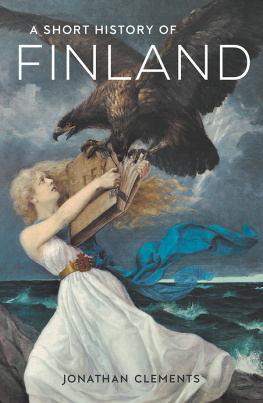
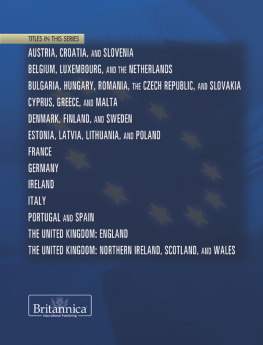
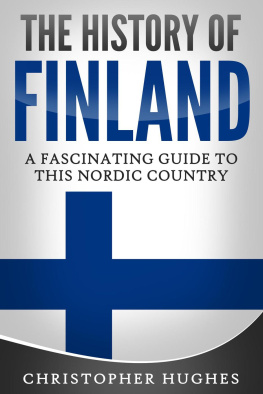
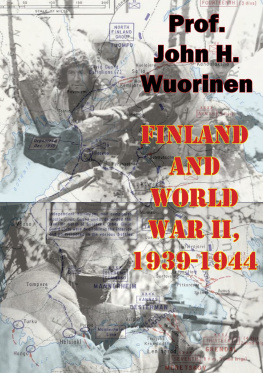

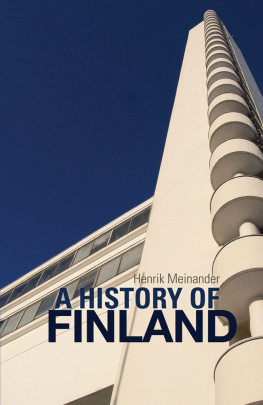
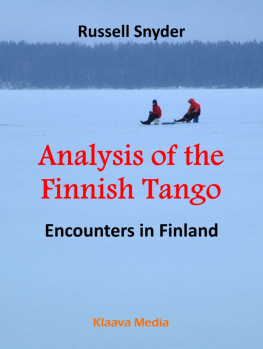

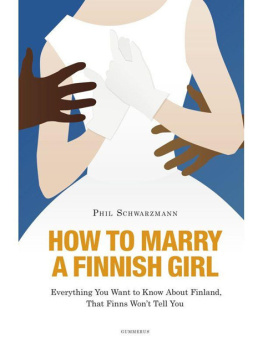
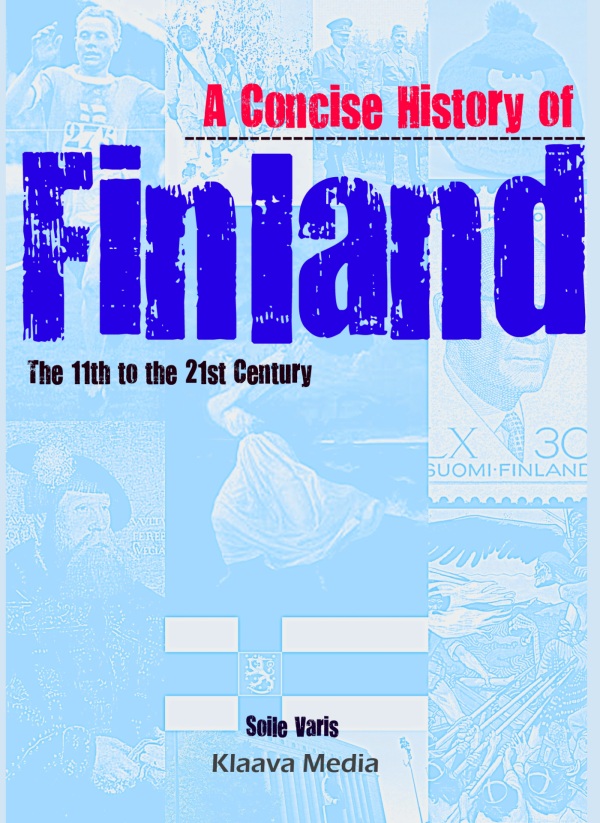
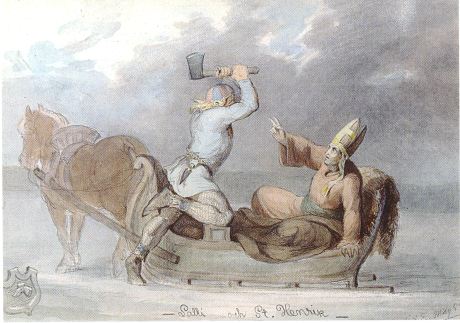
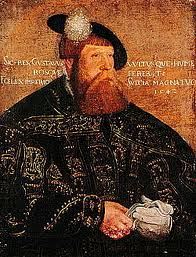
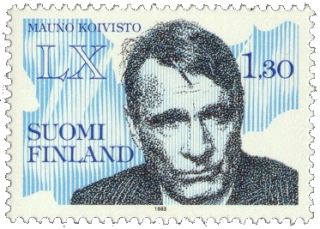
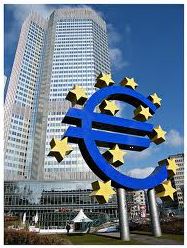 The Soviet Union had allowed Finland to join the Council of Europe. The collapse of communism enabled European states to integrate their political and economical initiatives, allowing Finland to join the integration development as well.
The Soviet Union had allowed Finland to join the Council of Europe. The collapse of communism enabled European states to integrate their political and economical initiatives, allowing Finland to join the integration development as well.